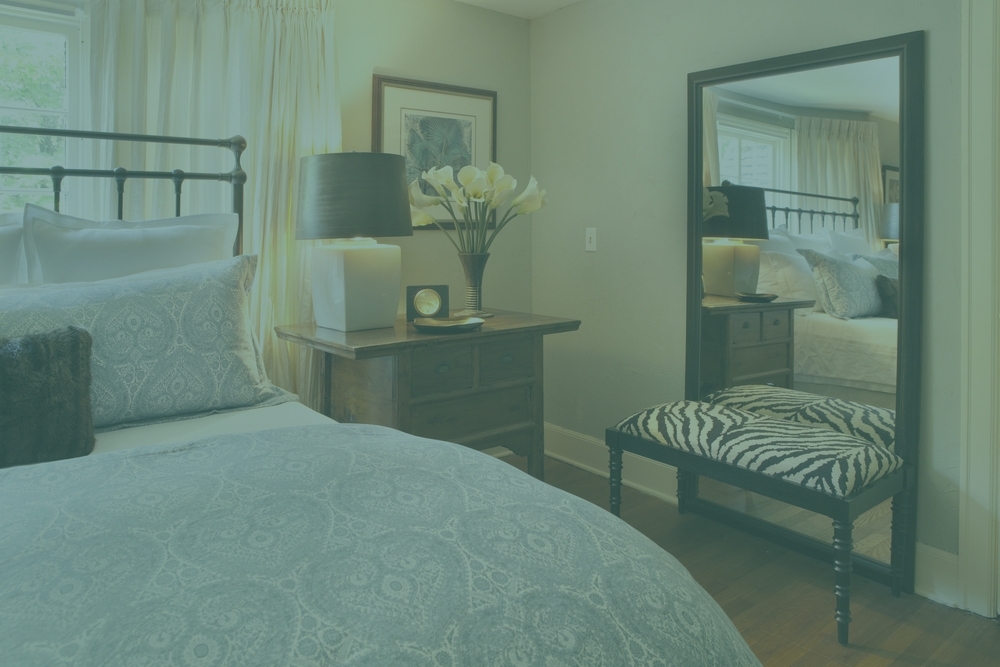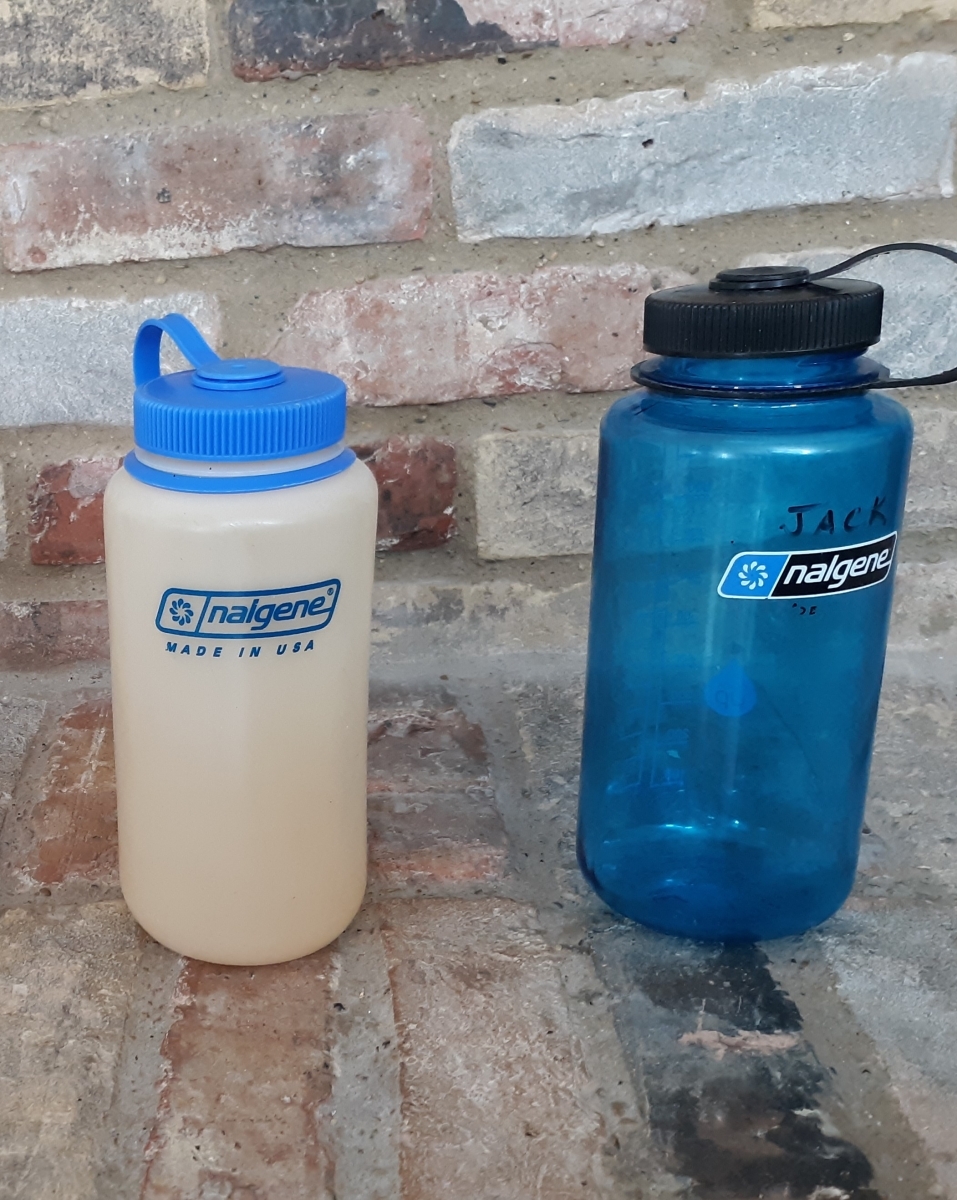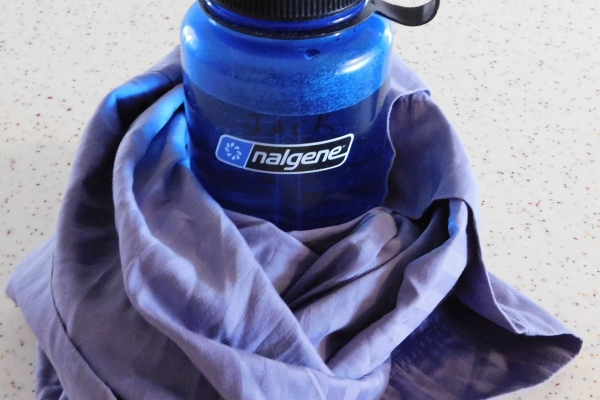
Adventures in Hospitality with Jack... sleep warm with this trail tip
The Frosty Issue
It's cold in Texas this week: ten days of below-freezing temperatures, three snow falls with 8" on the ground, and photos of thermometers registering negative 2-degree Fahrenheit (below zero). And the Electric Reliability Council of Texas (ERCOT) shut down the electric power grid for 90% of the State's population. (Just love how they have "Reliability" in their name.)
So the question is: How do you get a good night's sleep when your indoor bedroom is nearing outdoor winter temperatures?
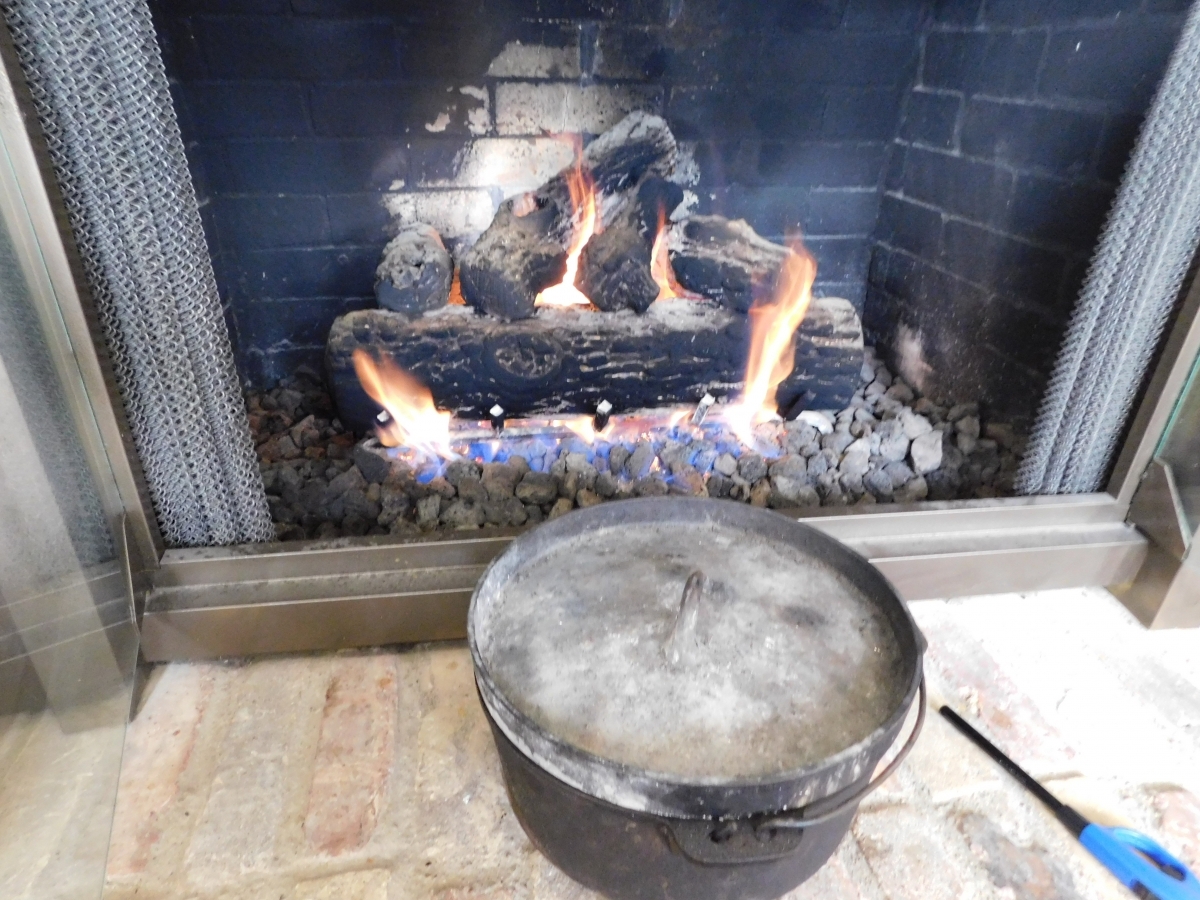
The Solution
The answer lies in a handy little backpacking trick that you can use when the heat in your house isn't working.
I'm a backpacker who has hiked during cold months on the mountainous Appalachian Trail. Getting a good night's sleep is important when living outdoors night after night and hiking up freezing mountains. Insulating your feet with wool socks or a fluffy sleeping bag will not make you warmer; insulation does not generate heat. Like a Thermos that keeps hot-things-hot and cold-things-cold, wrapping one's icy cold feet in insulating socks will just keep them icy cold until body heat warms them which could take all night.
Wisdom from the Trail
A tried-and-true technique that backpackers use in cold weather is to bring BTU's to bed with them. British Thermal Units (BTU) are the amount of heat needed to raise one pound of water one degree Fahrenheit. Let's experiment with one quart of water; it weighs two pounds. We heat it in a metal pot in the fireplace or campfire to 200-degrees, the temperature that water boils at 6,000 feet altitude. As water molecules start moving fast, that quart now contains many BTU's of excited molecular energy.
Pour the heated water into a bottle, confining the BTU's in a small container. Heat always moves in the direction of less heat. The heat from that hot water moves into the cold air in your sleeping bag and toward your cold toes. As the night goes on more of the heat stored in that water transfers to your body to keep you warm. The water bottle should still be warmer than your body temperature in the morning. This technique works during a power outage at home as well as on the hiking trail.
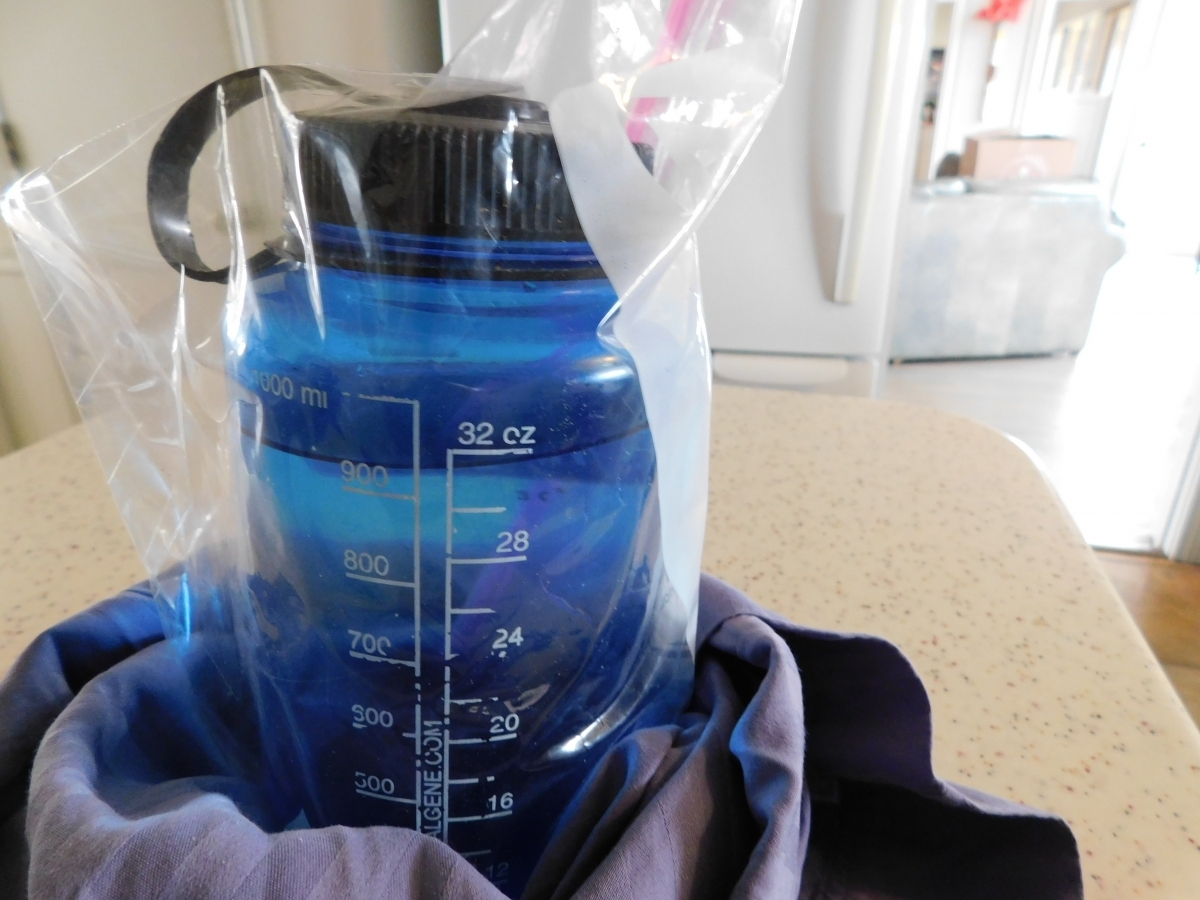
What to do:
Follow these steps for a comfy bed warmer by bringing BTU's to bed (or sleeping bag) with you:
1. Buy a brand-name 1-liter Nalgene bottle. Nalgene bottles are cylinder shaped, 8" tall by 3.5" diameter, made of clear durable low-density polyethylene (LDPE) plastic. I've seen an empty bottle survive a shotgun blast and not leak. Nalgene’s have a large 2" opening making them easy to fill. The water-tight cap works even when storing hot water.
2. At home during a power outage, light your camp stove or propane barbeque grill or gas fireplace to boil water in a metal pot. Fill to the top with 1-quart of hot water and tightly screw on the lid. Be careful to align the threads of the lid tightly to avoid spills. Then put the whole bottle into a 1-gallon plastic Zip-Lock bag to doubly assure that nothing leaks.
3. Wrap the bagged Nalgene in a shirt or pillowcase. The Nalgene will be hot and you want to protect your skin.
4. When trying to sleep in cold weather, wear flannel or wool sleeping clothes to bed. Put the Nalgene down near your feet. In very cold weather, place second bottle between your legs.
5. As heat moves in the direction of less heat, BTU's from the water will move toward your cold feet and into your cold body. Eight hours later, the water will still be warmer than body temperature.
6. Next morning, empty the Nalgene into your cook pan and reheat the water and make coffee. After all you just had a good night's sleep.
Now you know:
Now there's no reason to shiver through the night when you can sleep with a warm cozy water bottle. If you've got your own helpful idea for keeping warm during a winter power outage, please leave a comment below or email them to me at info@evergreenclub.com . Thank you. Happy Trails, Jack
Check back to this Evergreen Bed & Breakfast Club blog site for more helpful ideas on genuine hospitality, travel tips, and delicious recipes. Also, be sure to check out the club's Youtube channel at Evergreen Homestays, where you can watch any of the Sunday Virtual Travel Events (VTEs).

